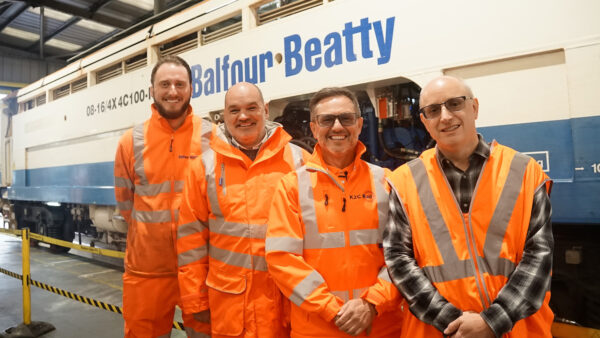
Designs executed in the CADS Revit extension can be forwarded to the project BIM model for construction coordination on site
Software developer CADS’ new precast Revit plug-in is bringing huge efficiency savings to offsite manufacturing. Will Mann explains.
The push towards offsite manufacturing is driving increasing digital innovation, with time-saving software plug-ins, smooth interfaces with factory machinery, and a steady shift towards automation in the manufacturing process.
One firm at the heart of this is CADS. Specialising in structural engineering design, analysis and detailing software, its applications are used worldwide by the construction industry, particularly for steelwork, timber frames, concrete and rebar fabrication. It also provides its own design and detailing service.
Recently, a big growth driver for the software house has been its investment in developing a new “plug-in” product called CADS RC3D for Revit, which it has adapted to support many typical precast concrete elements, says CADS product specialist Jason Colcombe.
“Precast is being used more widely than ever, particularly in sectors that lend themselves to offsite manufacturing, such as social housing and student accommodation, with a high level of repeatability,” he explains.
Historically, 2D design has dominated, but that is changing as the market wakes up to the benefits of working in a 3D environment, says Colcombe. With many of its clients already transitioning to Revit, CADS developed the entirely new CADS RC3D as a logical replacement for its popular 2D software CADS RC, which historically runs on AutoCAD.
“Twin walls combine the dimensional accuracy and quality control of precast walls with the flexibility of in-situ concrete,” Colcombe says. “The twin wall arrives on site as two leaves tied together with a steel lattice girder and is then filled with in-situ concrete on site. The final wall is a solid concrete wall with a high-quality paint-ready finish on both sides.
“On one project, there were just four wall types – front walls, rear walls, side walls, internal walls – and each of the 36 units had four wall elements. Other projects such as a major new hospital required many more.
“Using our extension to Revit, we could create one panel with adjustable parameters and then, using the dialogue box, make adjustments to the different panel types within these parameters,” he continues. “This meant we could add in details such as sockets, services channels, soil vents and light switch boxes – often quite specific client requirements – very quickly. This detailing could be automated, using scheduling within Revit, so we didn’t have to repeat the drawings for all 36 units.”
The CADS extension also allows interfacing with machinery in the precast factory. “Once the detailing is complete, this can be supplied in the specialist Unitechnik file format that is the precast industry leader, as well as XML and BVBS formats supported by rebar fabrication machines,” Colcombe explains. “The machinery knows where to place the reinforcement, including around any detailing like sockets.”
The design can also be forwarded to the project BIM model, so it can be used for onsite construction coordination, working in the BIM 360 platform, he adds. “All project stakeholders can inspect, review, comment and compare changes. The installer can open up the panel, inspect it, zoom in on specific details such as special fixing requirements. Any issues can be reported back to us through that same BIM platform.”
Demand for precast concrete solutions is growing, says Colcombe, with clients increasingly preferring an offsite-manufactured product which can be delivered to site as a whole. “We receive lots of enquiries for staircases, for example,” he says. “These are often complex shapes, which it makes more sense to precast in the factory rather than use formwork on site.
“As offsite manufacturing grows, we’ll see more and more automation, helped by increasing sophistication in the software and machinery.”
In association with












Comments are closed.